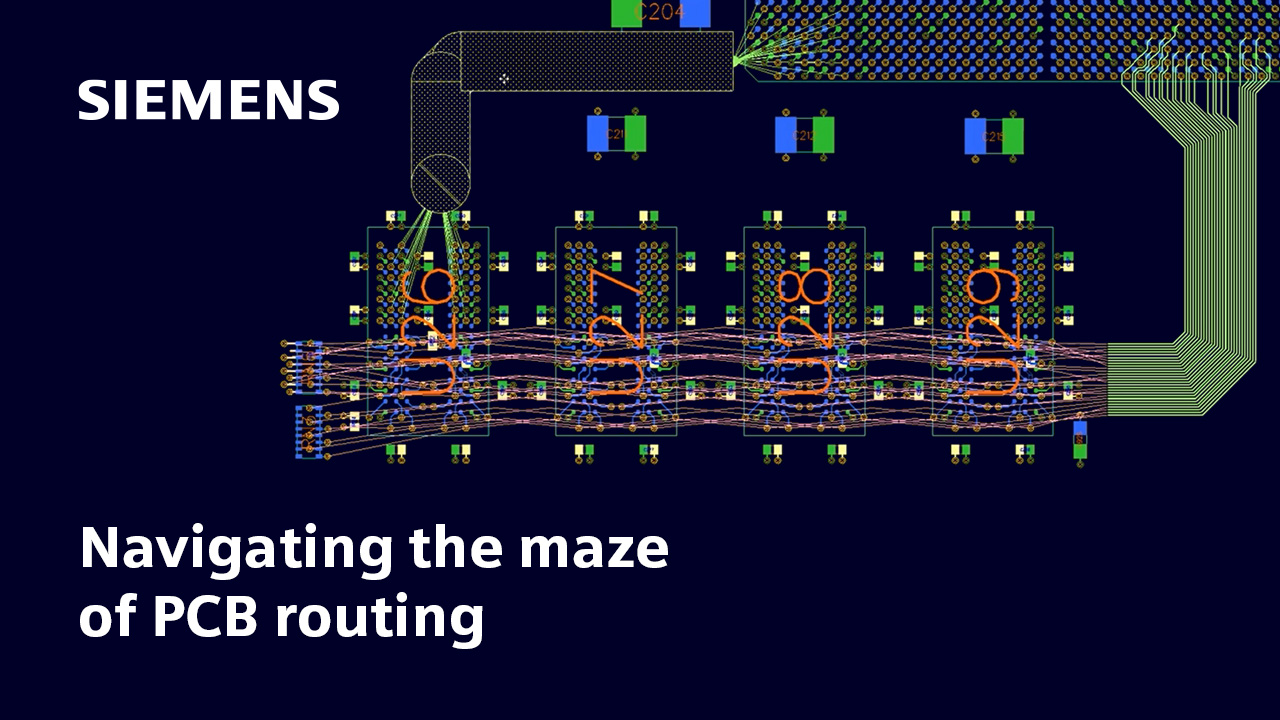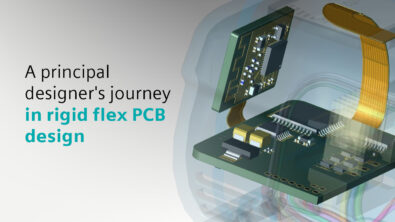Navigating the maze of PCB routing: understanding interactive, auto, and sketch routing techniques

In the world of PCB design, PCB routing plays a pivotal role in ensuring the efficiency and functionality of electronic circuits. Let’s explore the various PCB routing techniques, and shed some light on interactive routing, auto routing, and the empowering realm of sketch routing.
Interactive routing: mouse-driven precision
Interactive routing, the standard approach adopted by PCB designers across various PCB design tools, involves meticulous control over the routing process. As the designer holds the mouse, each click dictates the path of the trace, adhering to default rules and constraints within the database. This method provides a hands-on, rule-adhering experience, known as interactive routing.
The interactive routing experience is like maneuvering through a complex maze, where every move is calculated and precise. Designers navigate the intricacies of the circuit board, ensuring that each connection aligns with the default rules set within the system. While this method offers a high degree of control, it becomes especially valuable when dealing with intricate designs or scenarios where the designer needs to exercise precise authority over the routing process.
Auto routing: empowering automation with constraints
Auto routing takes PCB routing a step further by introducing constraints and letting the system autonomously handle the routing process. Designers can set up constraints and engage the auto router to navigate the entire board or specific sections. The ability to pause, review, and make decisions during the process allows for dynamic control. Auto routing unveils its power in scenarios where quick iterations and adaptability are paramount, especially when faced with unforeseen design changes.
Let me emphasize, auto routing should not be viewed as a one-size-fits-all solution. Its true strength lies in its ability to handle repetitive and time-consuming tasks, allowing designers to focus on more strategic aspects of the design process. Designers can set the parameters, let the auto router handle the initial connections, and then strategically intervene to fine-tune the results.
Sketch routing: crafting paths with precision
Sketch routing is a technique that allows designers to sketch the desired path of traces using a mouse. This method provides control over the flow of connections, allowing designers to envision and execute specific routing scenarios. By engaging layers selectively and controlling the process in spurts, designers can achieve a harmonious and controlled chaos, ensuring that the system adheres to their intended design.
Sketch routing could be compared to an artist’s brushstroke on a canvas. Designers become digital artists, guiding the path of traces with precision and intent. The sketch routing technique proves especially valuable when dealing with intricate designs that demand a tailored approach. It enables designers to articulate their creative vision and ensures that the routing aligns with the unique requirements of the circuit.
Hug and route, push and shove: precision in routing
Within the realm of sketch routing, we must also discuss the concepts of “hug and route” and “push and shove.” “Hug and route” involve parallel tracing, ensuring smooth connections between traces, while “push and shove” empowers designers to move traces seamlessly without causing disruptions. These techniques contribute to the precision and efficiency of the routing process.
“Hug and route” could be compared to the choreography of synchronized dancers, where traces move in harmony, maintaining parallelism and reducing potential signal interference. On the other hand, “push and shove” allows designers to strategically move traces without compromising the integrity of the overall design. Both techniques highlight the level of detail and control that can be achieved in the PCB routing process.
Auto routing vs. sketch routing: striking a balance
A common question that often comes up when talking about PCB routing automation is when should you use auto routing versus sketch routing. While auto routing offers a rapid and automated approach, sketch routing provides designers with nuanced control over the routing process. The balance between automation and manual control is crucial, especially in complex designs where a blend of both techniques can yield optimal results.
View auto routing as a valuable ally rather than a replacement for manual intervention. The ability to perform “what if” scenarios and quickly adapt to design changes is where auto routing shines. However, it’s the careful application of sketch routing that allows designers to maintain creative control and cater to the specific needs of intricate designs.
Learn more about design automation
Whether opting for interactive routing, leveraging the power of auto routing, or embracing the precision of sketch routing, designers have a rich toolkit at their disposal to navigate the ever-evolving landscape of electronic systems design.


